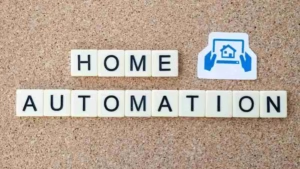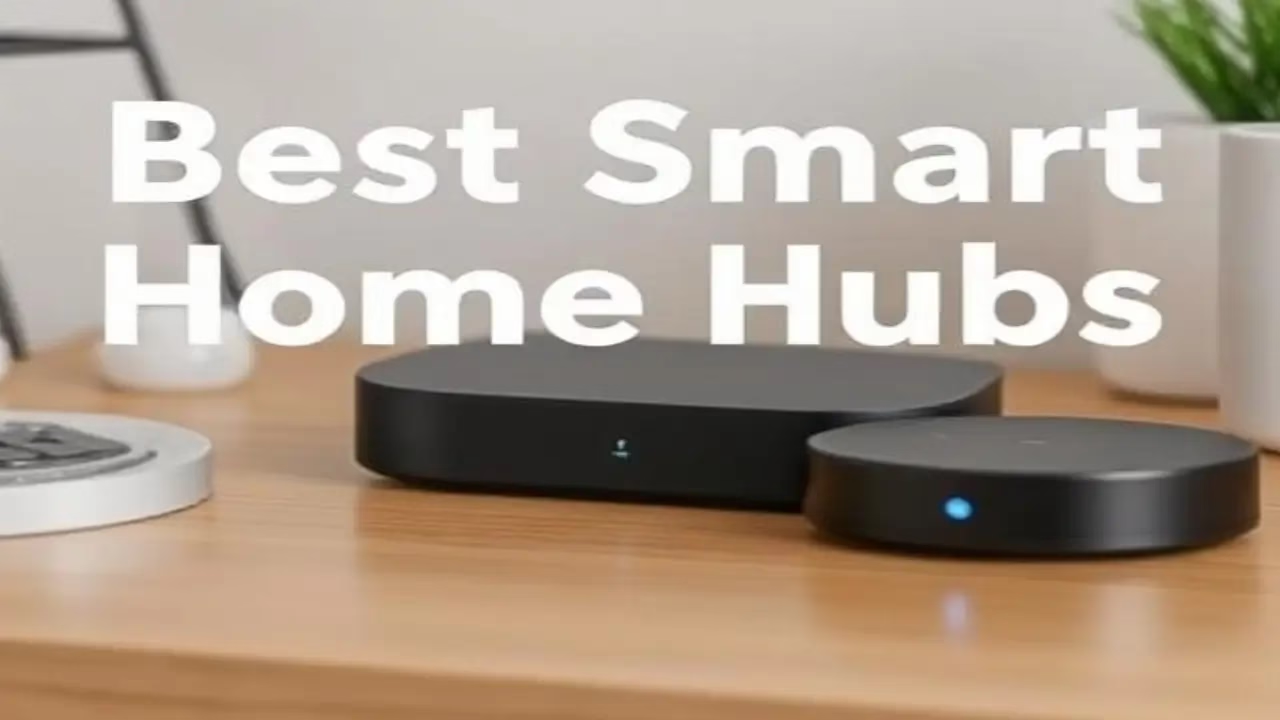DIY Smart Home Automation
Introduction
Introducing our comprehensive guide to do-it-yourself smart home automation. In this post, we explore how you can transform your home into a smart, convenient, and efficient living space without breaking the bank. Many homeowners face questions like, “How do I automate my home without expensive contractors?” or “What affordable tools can I use to set up simple smart home devices?” This article answers those questions and more.
Whether you’re a beginner or a seasoned DIY enthusiast, you’ll find practical advice, step-by-step guidance, and inspiring success stories to help you solve everyday problems. Our goal is to empower you to confidently upgrade your home using accessible and affordable technology.

Understanding DIY Smart Home Automation
DIY smart home automation means taking control of your home’s systems without relying entirely on pre-installed professional solutions. By integrating smart devices like lights, thermostats, security cameras, and voice-controlled assistants, homeowners can save money and gain flexibility. This hands-on approach allows you to:
- Customize: Tailor automation systems to your specific needs.
- Save Costs: Reduce expenses by installing devices yourself.
- Learn: Gain a better understanding of how smart technology works.
“Home is where the smart is.” – a popular saying among DIY enthusiasts emphasizes the joy of making your space efficient.
Benefits of DIY Smart Home Automation
DIY smart home automation offers a range of benefits:
- Cost Savings: Skipping professional installation can lead to substantial financial benefits.
- Customization: You can choose devices and settings that perfectly match your lifestyle.
- Enhanced Security: Automating lights and cameras improves your home’s safety.
- Energy Savings: Smart thermostats and sensors help reduce energy consumption.
- Convenience: Control multiple devices from one central hub, often with a smartphone or voice assistant.
Key Points:
- Personalized Solutions: Adapt your systems over time.
- Incremental Upgrades: Start with one room and expand as needed.
- Learning Opportunity: Gain useful tech skills along the way.
For more ideas on affordable home improvement, visit AIXplore Tech.
Getting Started with DIY Smart Home Automation
Before beginning your home automation project, consider the following questions:
- What are your goals?
Do you want more security, energy savings, or enhanced convenience? - What’s your budget?
Determine a realistic budget for your project. - Which devices are must-haves?
Prioritize devices that offer the greatest benefits based on your needs.
A Quick Checklist:
- Outline your priorities.
- Research devices that fit your needs.
- Purchase quality components from reputable sources.
Remember, planning ahead helps prevent common pitfalls and ensures that your DIY project is successful and enjoyable.
Essential Tools and Devices for DIY Smart Home Automation
A variety of tools and smart devices can help you start your DIY smart home automation journey. Here’s a table comparing some popular devices:
Note: Prices may vary based on brand and features. For more detailed device reviews and comparisons, check out the helpful insights at Consumer Reports (do follow) and Houzz (do follow).
Step-by-Step Guide to DIY Smart Home Automation
Follow these step-by-step instructions to start automating your home:
1. Plan Your Project
- Outline Goals: Write down what you want to automate—lights, security, temperature control, etc.
- Map Your Home: Identify key areas in your home that will benefit most from automation.
- Plan Your Budget: Define how much you’re willing to invest.
2. Research and Select Devices
- Read reviews and product specifications.
- Select Interoperable Devices: Choose gadgets that work harmoniously and can be managed through a single app or hub.
3. Gather the Necessary Tools
- Basic tools such as screwdrivers, a ladder (for higher installations), and a stable internet connection are essential.
- Ensure you have the manufacturer’s installation guides for reference.
4. Install Your Devices
- Begin with simpler devices like smart plugs or bulbs.
- Use manufacturer instructions to connect devices to your Wi-Fi network.
- Test each device before moving to the next.
5. Set Up Your Central Hub
- Many devices can be controlled through a central hub or a smartphone app.
- Follow the app setup instructions to link all your devices.
- Customize automation routines as needed.
6. Test and Refine
- After installation, test each automation routine.
- Adjust settings and schedules based on daily usage and preferences.
- Troubleshoot any connectivity issues as they arise.
Remember to keep your firmware updated and consult online resources if you encounter challenges.
Tips and Tricks for Successful DIY Projects
Here are some expert tips to ensure your DIY smart home automation project is successful:
- Start Simple: Begin with one room and build gradually.
- Keep Instructions Handy: Read and follow all manuals closely.
- Stay Organized: Document your settings and device placements.
- Join Communities: Engage with online forums for helpful advice.
- Test Regularly: Periodically check your system to ensure proper functioning.
“Success in DIY projects comes with patience, planning, and persistence.”
– A seasoned DIY enthusiast
Using these strategies will save you time and help you overcome common obstacles along the way.
Troubleshooting Common DIY Smart Home Automation Issues
Even the best DIY projects can face challenges. Here are common issues and solutions:
Connectivity Issues:
- Problem: Devices not connecting to Wi-Fi.
- Solution: Ensure a strong signal by relocating your router or using a Wi-Fi extender.
Device Incompatibility:
- Problem: Some devices may not communicate properly.
- Solution: Double-check compatibility lists before purchasing and consider using a universal hub.
Software Glitches:
- Problem: The controlling app may crash or fail.
- Solution: Always keep the app updated and restart devices periodically.
Security Concerns:
- Problem: Potential vulnerabilities in smart devices.
- Solution: Regularly change passwords, use two-factor authentication, and install trusted security updates.
For further troubleshooting techniques, refer to expert articles on Houzz (do follow).
Future Trends in DIY Smart Home Automation
As technology evolves, DIY smart home automation will become even more accessible. Here are some anticipated trends:
- Voice-activated Everything: Enhanced integration with virtual assistants.
- Artificial Intelligence: More devices will learn and adapt to your habits.
- Improved Compatibility: Cross-brand device compatibility is expected to improve.
- Eco-Friendly Innovations: Energy-saving devices will become a standard.
- Enhanced Security Features: Future devices will offer even better safety protocols.
Keeping an eye on these trends will help you plan upgrades for a modern and efficient home.
DIY Smart Home Automation Success Stories
Inspiring examples of homeowners who have successfully upgraded their homes can motivate you to start your own project. Consider these case studies:
Case Study 1: The Modern Family Home
A family in Austin, Texas, transformed their living room with smart lighting, temperature control, and security features. They started small with smart bulbs and gradually expanded to a full-home automation system. The project was a success, significantly reducing their energy bills and enhancing home security.
Case Study 2: The Busy Professional’s Haven
A busy professional in New York City automated her apartment to minimize daily hassles. Using a centralized system, she controls the lights, locks, and thermostat remotely. This setup allowed her to focus on her work while enjoying the benefits of a secure and comfortable home.
These stories remind us that with creativity and perseverance, anyone can achieve a smooth, functional, and smart living environment.
Frequently Asked Questions
Q1: What is DIY smart home automation?
A: DIY smart home automation is the process of installing and configuring smart devices yourself without relying entirely on professional installation services.
Q2: Are DIY smart home projects expensive?
A: Not necessarily. Starting with a few affordable devices can help you gradually build a fully automated home without overspending.
Q3: How difficult is it to set up a smart home system?
A: With careful planning, good instructions, and a willingness to learn, most homeowners find it quite manageable—even beginners can set up basic automation easily.
Q4: What should I do if my devices don’t work together?
A: Check for compatibility updates and use a central hub that supports multiple devices. Often, online forums and support pages can help resolve issues.
Q5: Where can I learn more about DIY automation?
A: There are many online communities and high-quality sources such as Consumer Reports and Houzz.
Conclusion
DIY smart home automation offers a perfect blend of cost efficiency, personalization, and convenience. By taking a hands-on approach, you can create an environment tailored to your needs while learning new skills along the way.
Remember that every great project starts with thorough planning and a willingness to experiment. With the insights, tips, and steps shared above, you’re now ready to embark on your DIY journey. Happy automating!


